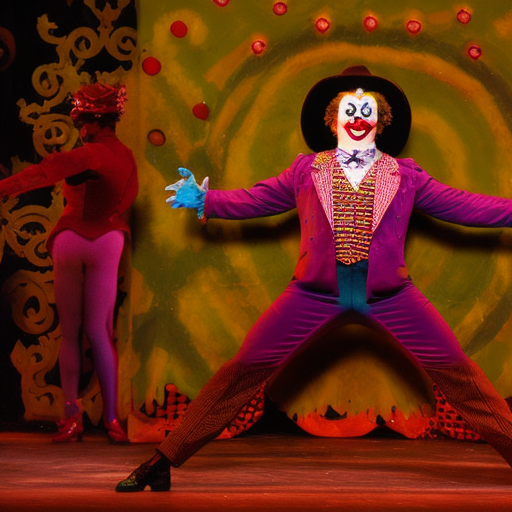Vaudeville: A Brief Overview of the Popular Entertainment Form
Vaudeville was a popular form of entertainment in the late 19th and early 20th centuries in the United States and Canada. It was a variety show that featured a mix of comedy, music, dance, acrobatics, and other forms of entertainment. Vaudeville shows were typically performed in theaters and featured a series of short acts, each lasting around 10-15 minutes. The format of vaudeville shows varied, but they often included a master of ceremonies, known as the “MC,” who introduced the acts and kept the show moving.
The Origins of Vaudeville
Vaudeville can trace its roots back to the British music hall tradition and the French cabaret. It emerged in the late 19th century as a form of entertainment that catered to a growing urban middle-class audience. The term “vaudeville” itself is believed to have originated from the French phrase “voix de ville,” meaning “voice of the city.” Vaudeville shows became immensely popular in the United States, particularly in cities like New York and Chicago, where large theaters were built to accommodate the growing demand.
The Structure and Content of Vaudeville Shows
Vaudeville shows were typically structured in a way that appealed to a wide range of tastes. They featured a mix of acts, including comedians, singers, dancers, magicians, jugglers, acrobats, and animal acts. The acts were often grouped into thematic sections, such as “The Funny Section” or “The Musical Section,” to provide variety and keep the audience engaged. The shows also incorporated elements of spectacle, with elaborate sets, costumes, and special effects.
The Rise of Vaudeville Stars
Vaudeville provided a platform for many performers to showcase their talents and gain recognition. Some of the most famous entertainers of the time, such as Charlie Chaplin, Buster Keaton, and Mae West, began their careers in vaudeville. These performers honed their skills and developed their unique styles through years of touring and performing in vaudeville circuits across the country. Vaudeville also provided opportunities for African American performers, who often faced discrimination in other forms of entertainment. Notable African American vaudeville performers included Bert Williams and the team of Butterbeans and Susie.
The Decline of Vaudeville
Despite its initial popularity, vaudeville began to decline in the early 20th century. Several factors contributed to its decline, including the rise of other forms of entertainment, such as radio and cinema. The advent of sound in films also played a significant role in the decline of vaudeville, as it made it easier for audiences to access entertainment without leaving their homes. Additionally, the Great Depression of the 1930s further impacted the popularity of vaudeville, as people had less disposable income to spend on entertainment.
The Legacy of Vaudeville
Although vaudeville as a distinct form of entertainment faded away, its influence can still be seen in modern popular culture. Many of the comedic techniques and performance styles that originated in vaudeville continue to be used today. The format of variety shows, which feature a mix of different acts, can also be traced back to vaudeville. Furthermore, vaudeville helped pave the way for the development of other forms of entertainment, such as television variety shows and Broadway musicals.
In conclusion, vaudeville was a popular form of entertainment in the late 19th and early 20th centuries. It featured a variety of acts and provided a platform for performers to showcase their talents. While vaudeville eventually declined, its influence can still be seen in modern entertainment, making it an important part of cultural history.












